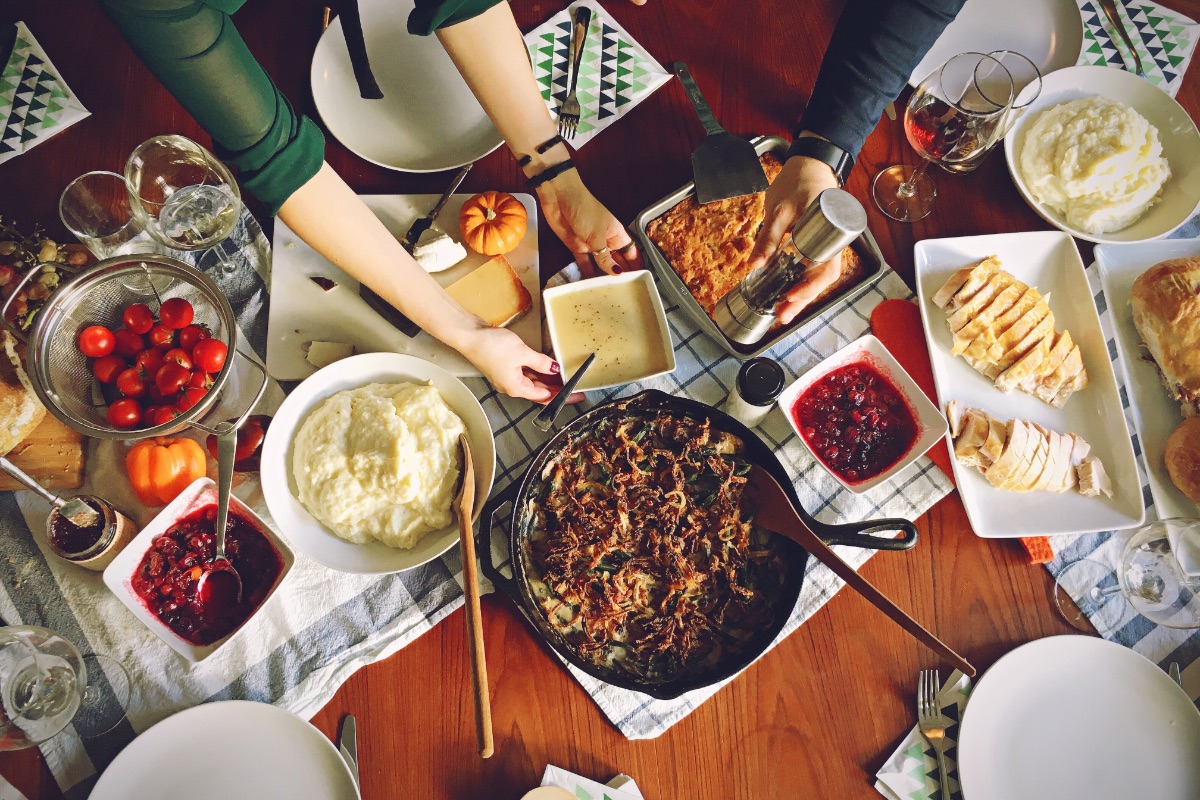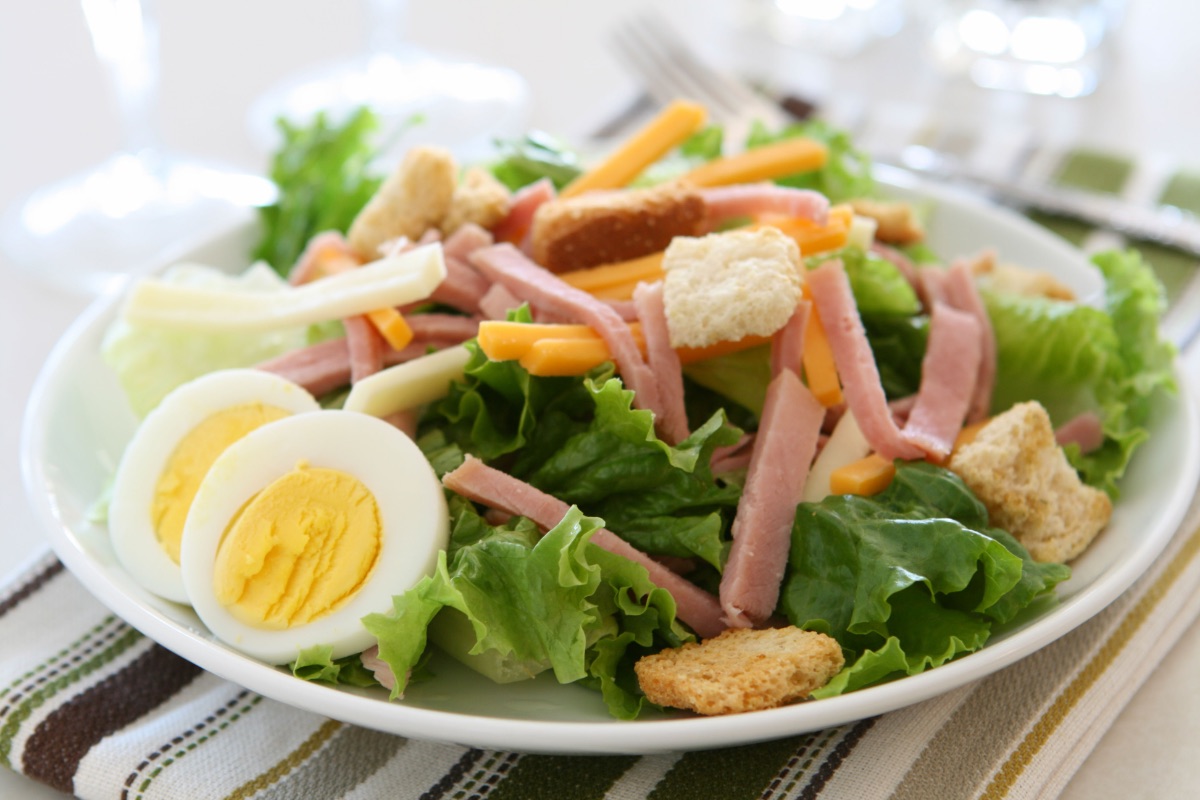Homemade pesto couldn’t be easier to love. The simple Italian sauce tastes great on everything from pasta and pizza to sandwiches and grain bowls. It’s particularly delightful in the summer months, when fresh herbs are bright and bountiful, and plump in-season veggies need little more than a smear of the stuff to shine.
Traditionally made with basil, pine nuts, garlic, olive oil and plenty of Parmesan cheese, classic pesto is a no-go for vegans. But it’s actually incredibly easy to make a dairy-free version, and it’s so darn tasty you’ll never miss the cheese. Here’s how to make the absolute best vegan pesto in just 15 minutes.
Reach for lemon juice
While some vegan pesto recipes call for replacing the cheese with nutritional yeast, I think the beauty of cheese-less pesto is that you can really taste the brightness of the fresh basil. So I simply reach for a lemon. A generous squeeze of lemon juice not only enhances the bright flavors of the pesto, but it also helps keep it vibrant and green.
3 tips for the best vegan pesto
1. Use pine nuts or walnuts. While pine nuts are the traditional nut of choice, they’re also expensive. Walnuts deliver just as much buttery flavor, making them an excellent alternative. Toasting the nuts first intensifies their rich flavor and mellows any bitterness.
2. Go heavy on the basil. You’ll need 6 cups of fresh basil leaves, or about 2 healthy bunches, to make 1 cup pesto. If you have basil overflowing in your garden, making pesto is a great way to use it.
3. Be smart about storage. Even with the addition of lemon juice, pesto will inevitably start to brown. If you plan to use it all up within a week, pack it into a small container and pour a thin layer of olive oil over the surface to prevent it from oxidizing, then store in the fridge. Otherwise, your best bet is to freeze it.
Vegan Pesto
Makes about 1 cup
1/2 cup raw pine nuts or walnuts (2 ounces)
2 cloves garlic
6 ounces fresh basil (2 healthy bunches)
1/3 cup extra-virgin olive oil
1 medium lemon
3/4 teaspoon kosher salt
1. Toast the nuts. Arrange a rack in the middle of the oven and heat the oven to 350 F. Place 1/2 cup raw pine nuts or walnuts on a rimmed baking sheet. Toast in the oven, tossing halfway through, until golden brown, 5 to 7 minutes total. Transfer to a food processor fitted with the blade attachment and let cool.
2. Pick the leaves from 6 ounces fresh basil to get about 6 lightly packed cups.
3. Smash 2 garlic cloves. Add to the food processor and pulse until coarsely chopped, 5 to 6 pulses.
4. Add the basil leaves and pulse until coarsely chopped, 6 to 8 pulses.
5. Add 1/3 cup olive oil, the juice of 1 medium lemon (about 3 tablespoons) and 3/4 teaspoon kosher salt. Process, stopping to scrape down the sides of the bowl as needed, until just combined, about 10 seconds. The pesto should not be completely smooth but rather a rough but uniform paste.
Recipe notes: Store pesto in the smallest container possible with the smallest top surface area and thoroughly pack it in to eliminate air pockets. Pour a thin layer of olive oil over the surface or press a piece of plastic wrap directly onto the pesto. Cover and refrigerate for up to one week. Pesto can also be frozen for several months.
This article is written by Sheela Prakash, TheKitchn.com from The Kitchn and was legally licensed via the Tribune Content Agency through the NewsCred publisher network. Please direct all licensing questions to legal@newscred.com.









